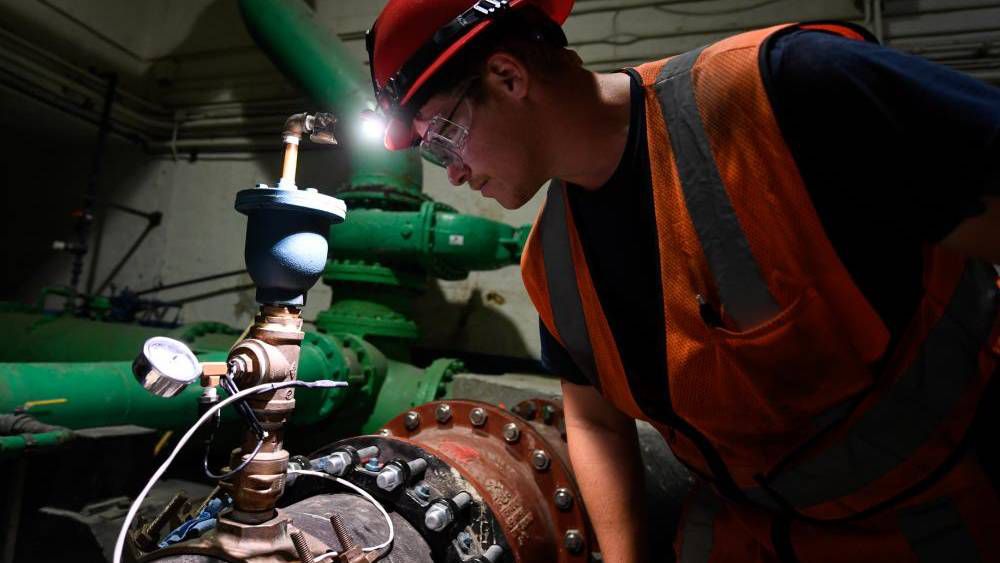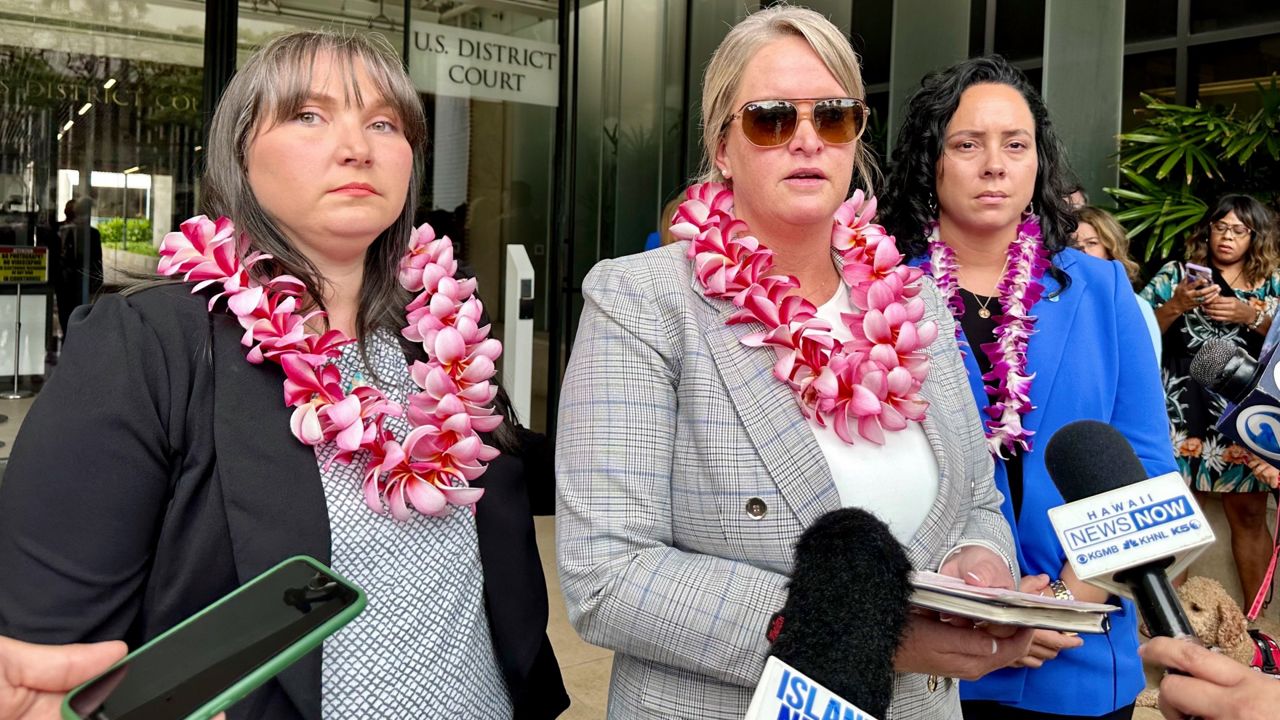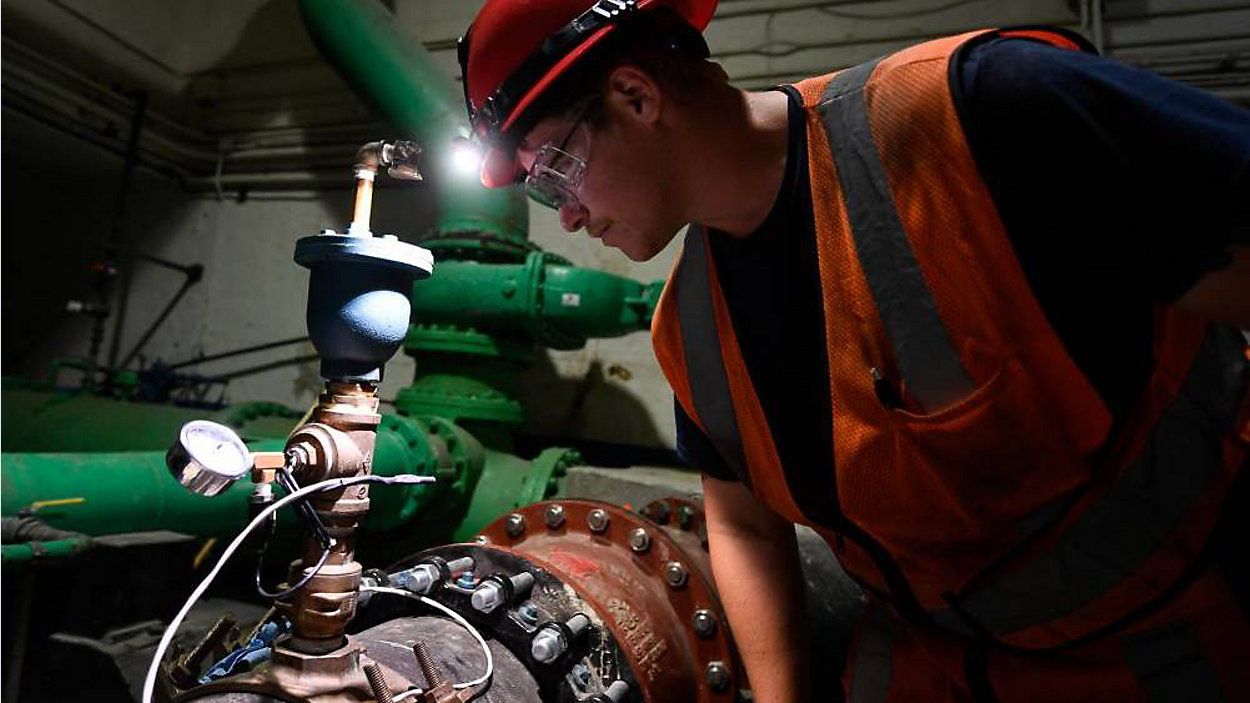PEARL HARBOR, Hawaii — The Hawaii Department of Health conditionally approved the Navy’s first phase for defueling Red Hill, according to a news release.
The first phase of the Navy’s unpacking plan will remove fuel from three pipelines at the Red Hill Bulk Fuel Storage Facility.
The Navy said it would begin the process in the next couple of weeks.
“The Department of Health is focused on ensuring the Navy defuels Red Hill safely,” said Deputy Director of Environmental Health Kathleen Ho. “DOH staff completed a careful review of the unpacking plan, observed spill response drills, and required additional environmental control measures be put into place before unpacking can begin. We continue to push for the defueling and closure of the Red Hill facility to happen as quickly as possible, with safety as our first priority.”
By removing the fuel in the three pipelines at Red Hill, the Navy will be able to conduct critical repairs to allow safe defueling of the rest of the facility. The repairs will minimize the effects of a pressure surge event similar to the one on May 6, 2021.
A pressure surge event occurred on May 6, 2021, during routine fuel movement operations at Red Hill. The pressure surge event caused a pipeline joint failure that released over 19,000 gallons of jet fuel into a tunnel floor located between the underground storage tanks and eventually into a fire suppression system fluid drain pipeline, where the fuel remained until a drain pipeline ruptured on Nov. 20, 2021. The ruptured pipeline resulted in fuel spilling into the tunnel system near the Red Hill drinking water system shaft, according to the EPA. The fuel-contaminated water affected the Navy’s water system, sickening many people.
“This is a positive step toward defueling and shutting down Red Hill. DoD must continue to work with state officials and community leaders as quickly as possible,” said Hawaii Sen. Brian Schatz in a news release. “There’s no turning back, and there’s no time to waste.”
The Navy must seek approval from the Department of Health before proceeding with other phases.
On Dec. 6, 2021, the Department of Health issued an Emergency Order to defuel Red Hill. The Navy initially fought the order but, in early January, said it would comply. An updated emergency order was issued on May 6, 2022, which requires the Navy to provide a plan and schedule for the defueling and closure of the Red Hill facility.
The Navy’s first Red Hill defueling plan was submitted to the Department of Health on June 30. The Navy submitted an updated plan on Sept. 7. The updated plan shortened the timeline for defueling from the end of 2024 to July 2024.
The U.S. Department of Defense announced on Sept. 19 that the U.S. Navy Rear Adm. John Wade would be the Commander of the Red Hill Joint Task Force. The Commander of the Red Hill Joint Task Force’s only responsibility is ensuring the safe and swift defueling of the Red Hill Bulk Fuel Storage Facility.
On Sept. 19 and 21, the Department of Health and the Environmental Protection Agency provided comments in response to the Navy’s unpacking plan submitted on Sept. 7. The Department of Health said that after careful review, meetings and observations during the Navy’s simulated recovery of a fuel oil spill on Sept. 22, that the DOH has conditionally approved a new unpacking plan submitted on Sept. 27.
The DOH said it is requiring the Navy to take additional steps before the first phase of the plan begins, which include a site visit to inspect repairs and systems installed to divert and recover fuel in the event of a spill, a personnel training to ensure full and consistent understanding of unpacking fuel, incorporation of DOH’s comments into release response plan procedures, protecting preferential pathways to the drinking water aquifer, and requiring the Navy to stage additional staff and equipment on site that can be used to divert or recover fuel.
Michelle Broder Van Dyke covers the Hawaiian Islands for Spectrum News Hawaii.







